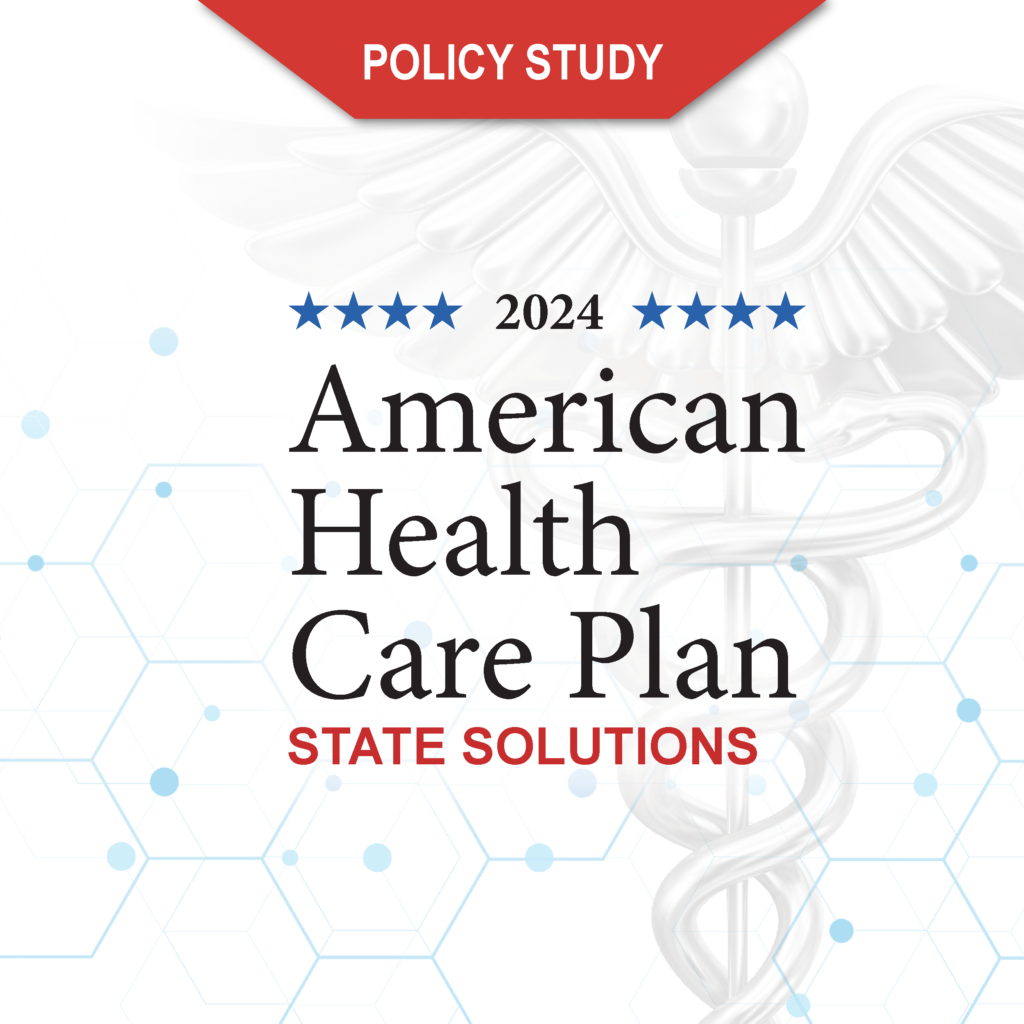The waivers are expected to reduce premiums by roughly 11 percent in Wisconsin and 9 percent in Maine, as well as increase enrollment in coverage, according to the American Hospital Association.
The two states’ five-year reinsurance programs will begin in 2019.
Similar waivers were approved in 2017 by the U.S. Department of Health and Human Services (HHS) for programs in Alaska, Minnesota, and Oregon. The insurance subsidy program under the ACA, which was designed to protect health insurers in the individual market from unexpectedly high-cost enrollees, expired in 2016.
Reinsurance is a type of backup insurance purchased by insurance companies to mitigate risk by limiting the total loss the insurer can experience, which helps to lower premiums charged to the consumer.
Helping High-Risk Patients
Charlie Katebi, a state government relations manager at The Heartland Institute, which publishes Health Care News, says reinsurance programs help “finance the most expensive, chronically ill patients.”
“Reinsurance programs are a more straightforward high-risk pool,” Katebi said. “When people think of a high-risk pool, they think of taking the most expensive patients that are in a state, and these are people who have conditions too expensive to be covered or if they were offered insurance their coverage would be astronomically expensive.”
Under the ACA, high-risk pools were established, but they often failed to accomplish their primary goal, Katebi says.
“States would set up these high-risk pools, which are state-financed, non- profit funds that pay for their medical care at a subsidized rate,” Katebi said. “People didn’t like these high-risk pools. For one thing, they weren’t well-funded. They put people on wait lists, and the care was still pretty expensive.
“Reinsurance programs are a much more straightforward approach for dealing with people with expensive conditions,” Katebi said. “What they do is approach insurance companies that have to cover these people under Obamacare and they tell them, ‘When you bring people in, give us a list of the most expensive people.’ And insurance companies pass them along to this reinsurance fund.”
‘Still a Bad Deal’
Katebi says reinsurance is a stopgap measure that mitigates some of the worst effects of Obamacare.
“Whenever these high-risk people’s medical bills rise above a certain level, the reinsurance fund kicks in and starts paying above that threshold,” Katebi said. “So, it’s basically a safety net for the insurance programs, which in a way is better than the existing system, because right now, without reinsurance programs, these extremely high medical bills get passed along to everybody else in the form of higher premiums. And that’s one of the reasons why premiums for extremely healthy people have gone up astronomically.”
As a result, Katebi says, reinsurance is only “kicking the can down the road.” “In a way, reinsurance programs are just throwing money at the problem, but there are very few good options states have right now,” Katebi said. “It would be better if insurance companies could have more flexibility to charge younger people lower premiums. Reinsurance programs by themselves just make insurance companies more solvent. It doesn’t change the fact that Obamacare is still a bad deal for younger people.”
Successful—for Now
Chris Rochester, director of communications at the MacIver Institute, says Wisconsin’s reinsurance program appears to have averted the worst effects for now, though taxpayers are still being hit hard by ACA.
“Preliminary premium increases averaged 4.25 percent for 2019, com- pared to 44 percent insurance premium hikes in Wisconsin in 2017,” Rochester said. “That’s subject to state approval of final rates, but however that plays out, it looks like Gov. Scott Walker’s plan stabilized the market as intended. Unfortunately for taxpayers, it comes at a high price, which they’re paying on top of the massive cost of Obamacare in the first place.”
Repealing ACA and implementing better free-market reforms is the real long-term solution, Rochester says.
“Giving taxpayer money to insurance companies is not the long-term answer,” Rochester said. “It is papering over the mess left by a bad law that was doomed to fail from day one.
“Unfortunately, with the gears turning slowly in Washington, DC, something had to be done to shield people from the Obamacare train wreck,” Rochester said. “A better solution would be to scrap the ‘Unaffordable Care Act’ entirely and enact serious reforms that encourage price transparency, add choices for people, and restore the old-fashioned doctor-patient relationship.”
‘Solution Is Not That Complex’
Rochester says the only way to fix the system is to get rid of the wasteful regulations and costly government mandates that stand in the way of free- market solutions.
“Direct primary care is a great example of the free market surviving the thicket of red tape imposed on health care providers, pointing the way to lower costs and better access to care,” Rochester said.
“Too often in this debate, we get bogged down in five-dollar words and technobabble,” Rochester said. “The solution is not that complex. If we shrink the role of government in health care and let doctors and patients work together—free from interference by paper-pushers and bureaucrats, as much as possible—they will find many innovative solutions to the problems we face in health care on their own.”




